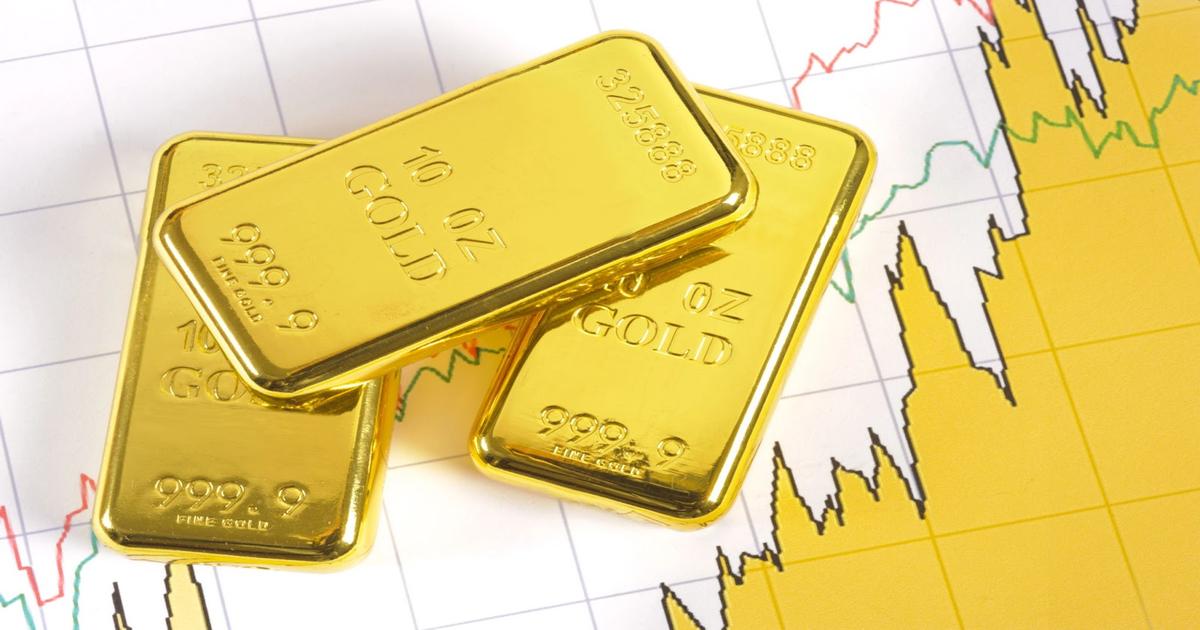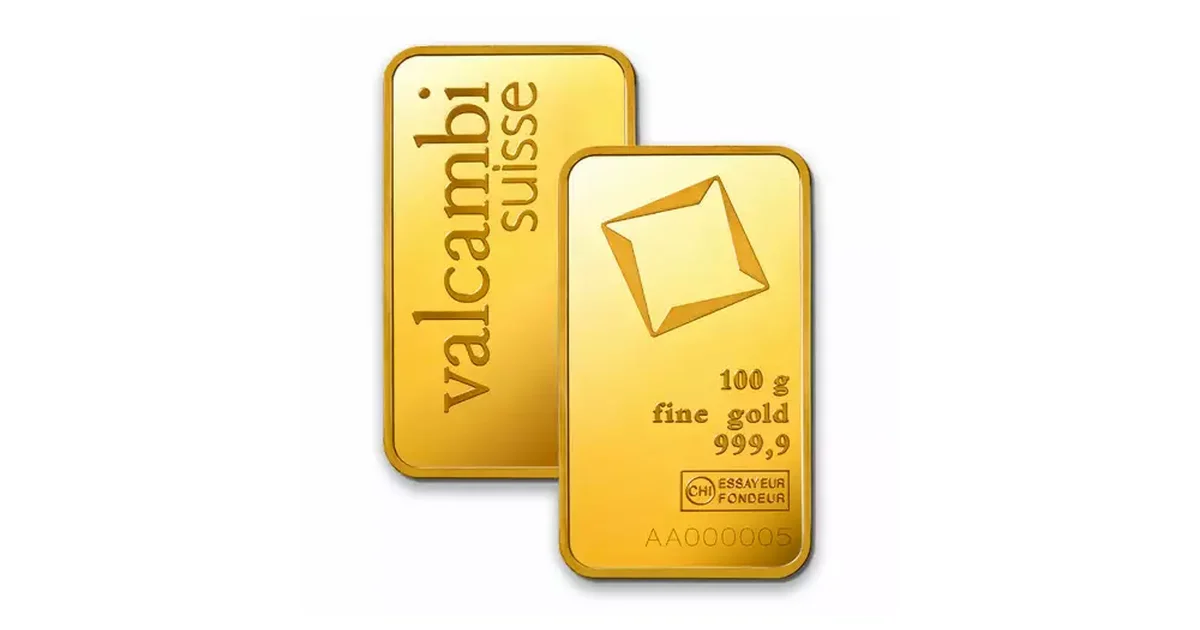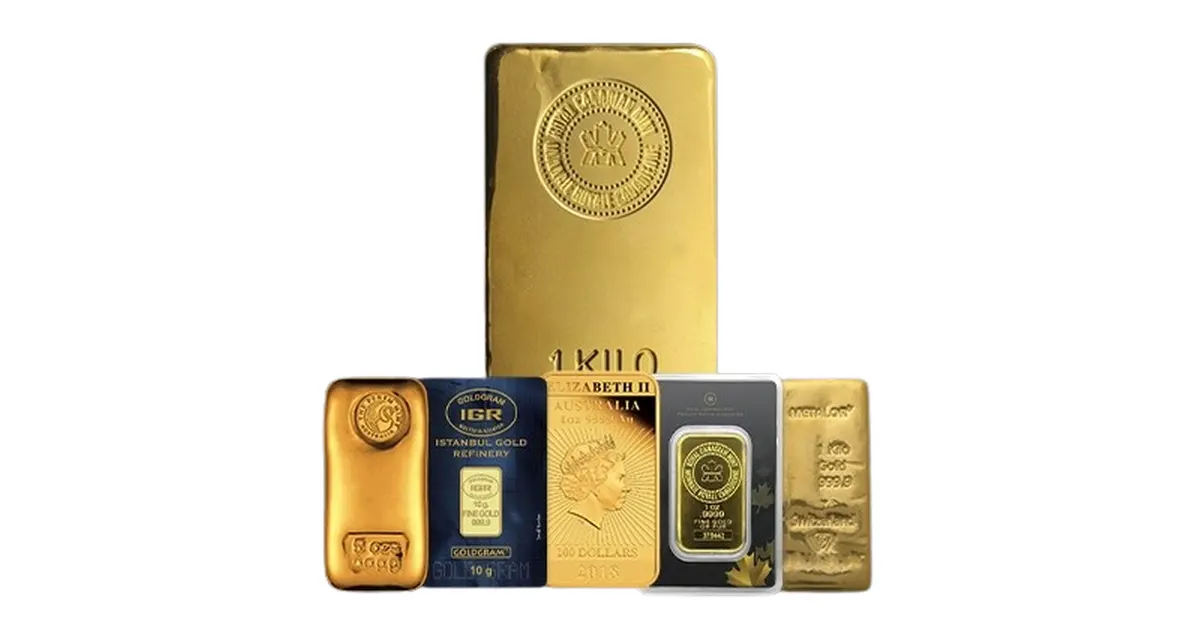
Gold has been the haven for investing hard-earned cash for centuries. Market trends come and go but this timeless investment option has an evergreen place in the hearts of investors. If you’re new to trading and want to start your journey sound and stable, gold trading should be on your top list of investment choices. But, before jumping in, you must learn how to track gold price movements to judge the perfect timing of investing your wealth.
Gold prices tend to fluctuate constantly as a result of many economic, geopolitical, and market influences. Being able to monitor these price movements is important to make the right investment choices. In this blog, we’ll learn the keywords necessary to understand the gold market and the A to Z of tracking gold price movements. So, buckle up and take notes!
Understanding the Basics of Gold Pricing
Gold prices are shaped by multiple factors, and in turn, they impact other aspects of the market. From the simple supply and demand theory to complex geopolitical movements, the gold market takes a toll due to various reasons, understanding which is essential before stepping into the investment game. Let’s explore some fundamental questions about gold pricing-
What Determines Gold Prices?
The basic determinants of gold prices are supply and demand conditions, geopolitical factors, and economic data. As demand for gold rises, especially in periods of economic instability, prices go up. On the other hand, when demand drops or supply goes up, prices are likely to fall.
Political instability, wars, and international conflicts often lead investors to buy gold as a safe asset, which in turn drives prices higher. Taking the economy into consideration, indicators, such as GDP growth, employment rates, and inflation, also have a strong impact on gold prices, as investors tend to increase the demand in times of impending economic downfall. Additionally, when central banks decide to buy or sell their gold reserve in bulk, they shake up the market prices overnight.
Spot Price vs. Futures Price
Spot price refers to the current market price at which gold can be bought or sold for immediate delivery. This price fluctuates throughout the trading day based on real-time market activity. Spot prices are determined by the futures price.
On the other hand, the futures price is an agreed-upon price for future delivery of gold. Futures contracts enable investors to speculate on gold price swings while also protecting themselves against price fluctuations. These are frequently used by traders to control risk. However, spot pricing may be preferred by long-term investors who prefer quick transactions to catch the best price moments.
The Role of Currency Values
Changes in the value of currencies, especially the US dollar, have a significant impact on gold prices. As gold is traded in US dollars worldwide, gold's value is inversely proportional to the strength of the dollar. Gold prices usually fall as the dollar appreciates as compared to other currencies because it becomes more costly for foreign investors to buy gold. Similarly, gold prices increase when the dollar declines. Furthermore, interest rates and inflation have an indirect impact on gold prices by influencing currency values. We have seen instances, particularly when geopolitics is unstable, where both the gold price and the US dollar go up in value as they are both considered safe havens.
Market Participants
We have already discussed how key players in the gold market, such as central banks and investors, influence price movements in some way or another. Central bank’s trading affects supply and demand. Also, massive trades done by institutional investors and hedge funds create short-term volatility in the market. On top of that, the supply of gold is impacted by mining businesses, and price patterns are influenced by production rates and operating expenses. Another market group whose purchases have an impact on demand levels is traders and retail investors.
Importance of Tracking Gold Prices
We understand how overwhelming it can be to crunch numbers, read graphs, and try predicting the future while tracking gold prices for investment purposes. But we can’t stress enough how important it is to track the market before you start investing in gold. Here are some long-term benefits of tracking gold prices:
Investment Decision-Making
If you want to identify the best buying and selling time and capitalize on short-term fluctuations and long-term trends, you can’t shy away from learning how to track gold price movements. After all, learning when to enter and exit the market is the zest of learning investment.
Portfolio Diversification
Good investors never put all their eggs in one basket. Diversification is the key to decreasing the risk potential of your investment portfolio. As the stock market is comparatively more volatile than gold price — be it physical gold, ETFs, or futures contracts – investing in gold can help you mitigate risk.
Economic Indicators
As we discussed earlier, the health of the currency, central banks, and overall financial market influences the price of gold, directly or indirectly. Hence, keeping track of gold prices can help you monitor the economic health of your country.
Inflation Hedge
Even in times of currency decline, gold more or less manages to hold its value due to its limited supply and global demand which acts as a hedge for the investors and protects them against inflation. So, the next time the purchasing power of your currency declines, you can rest a bit if your investment portfolio includes a bit of gold.
Methods for Tracking Gold Prices Online
Now comes the main part: How to track gold prices online. There are quite a few options:
Financial News Websites
Reputable financial websites like Bloomberg, CNBC, and MarketWatch provide real-time gold price updates along with their analyses. Subscribe to them and turn on your notifications to always stay ahead of gold trends.
Mobile Applications
There are a few user-friendly mobile apps that provide real-time gold price notifications and enable you to view customizable charts. Apps such as Kitco, Gold Live, NetDania and Tradingview.com are some popular gold investing apps.
Brokerage Platforms
Brokerage platforms can be your one-stop solution for buying, selling, and managing financial assets. They usually provide multiple financial services like analyzing market transactions, evaluating risk, and managing portfolios.
Key Indicators to Monitor in Gold Price Analysis
Some key indicators help you analyze gold prices. These are some technical indicators that provide insights into market trends and potential price movements. Let’s understand the most common ones here.
Moving Averages
This indicator is used to smooth out short-term fluctuations and identify long-term trends in the market. The most widely used moving averages are the 50-day, 100-day, and 200-day ones. A quick reminder: When the price of gold crosses over a significant moving average, it typically signifies a bullish trend, while a downward cross signifies a bearish trend.
Relative Strength Index (RSI)
This indicator is used in determining overbought or oversold conditions in the gold market, in short, it acts as a momentum indicator. Another note: RSI value ranges from 0 to 100, where readings above 70 suggest overbought conditions and below 30 indicate oversold conditions.
Bollinger Bands
Bollinger Bands are the volatility indicators of the gold market, that help investors to assess gold price fluctuations. These help to identify breakouts, trend reversals, and high or low volatility periods, a study of which is required to decide entry and exit points of investing.
MACD (Moving Average Convergence Divergence)
The Moving Average Convergence Divergence (MACD) is kind of a momentum trend-following indicator used by investors to gauge the strength and direction of gold price action.
Common Pitfalls to Avoid in Gold Price Tracking

While dealing with money, emotions are bound to influence the decisions. Add misleading information, and unreliable sources of data to the mix and you just got yourself the recipe for disaster. So, to avoid falling into the pitfalls of gold investing, let’s discuss some common challenges you might come across:
Overreliance on a Single Source
Blinding faith in one source is not a smart investment move. It is important to consult multiple sources of data to obtain a comprehensive view of the market. This will save you from the risk of misinformation and biased market views.
Ignoring Long-Term Trends
It is tempting to jump into the short-term ups and downs of the market with a large portion of your money to maximize profit, but that’s the trap! Focusing solely on short-term fluctuations without considering long-term trends is risky in a volatile market.
Neglecting External Economic Indicators
We already saw that gold prices do not operate in isolation. There are multiple factors governing broader economic factors that influence gold prices, considering which will give you a better perspective on the trends.
Emotional Decision-Making
It’s not a piece of new information that gold investments should be based on data-driven analysis rather than emotions. You should maintain objectivity and avoid decisions based on emotions or market hype. However, it's better said than done. We suggest you remind yourself of this phrase once in a while to be on the right track.
Leveraging Pacific Precious Metals for Gold Price Tracking and Investment
Pacific Precious Metals is a reputable dealer specializing in precious metals, offering a range of products and services. If you want to stay updated on gold price movements, with real-time price tracking and expert insights, you’ll find our website immensely useful and trustworthy.
With a wide range of precious metals products, we offer a one-stop platform for both new and experienced investors. Whether you are looking to invest in gold bars, coins, or precious metals IRAs, rest assured that we’ll be providing you with transparency, security, and reliability. Yeah, there’s no catch here!






